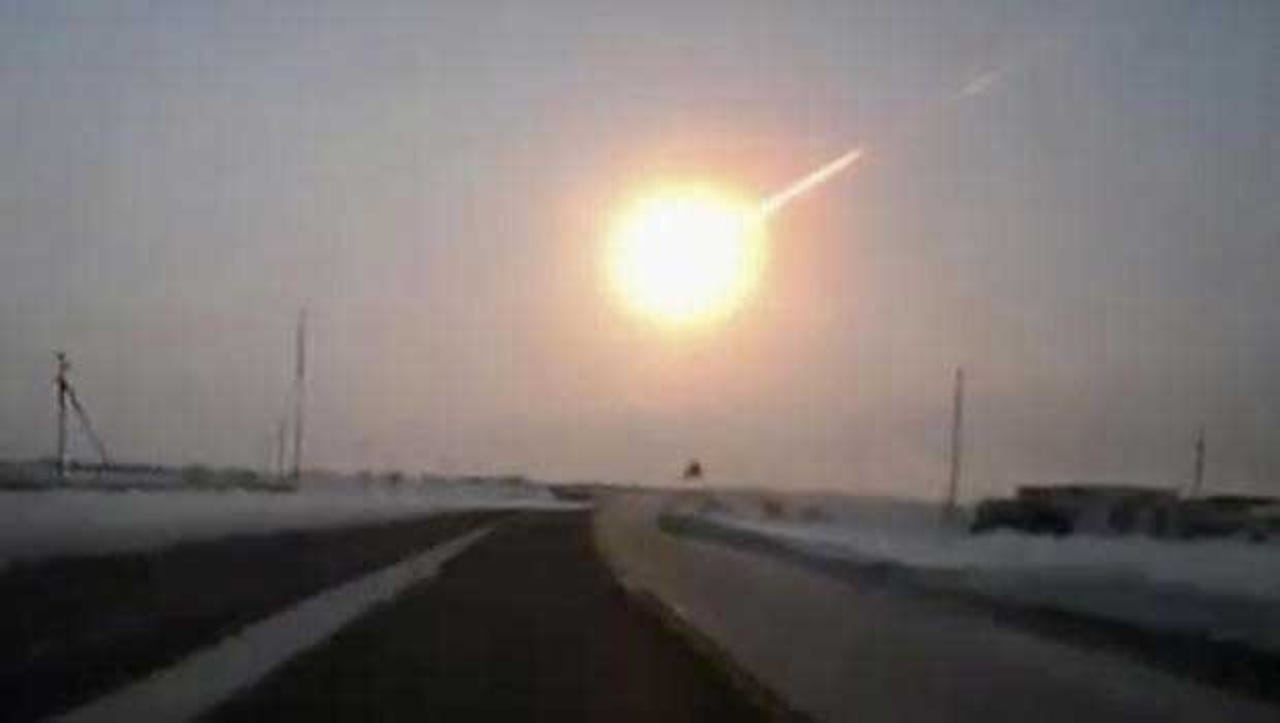NASA to bag asteroid; send astronauts to visit


(Image: CBS News)
Asteroid mission
The US has set its sights on NASA's next manned space mission. But where? Mars? Too far, that will come later. The moon? Been there, done that. An asteroid? You're correct.
Plans are underway for a 2017 mission liftoff to send robots to an asteroid, wrap it in a bag, and then tow it into an Earth orbit near the moon. In 2021, astronauts will be launched to rendezvous with the asteroid and and test technology for mining, deflecting a potential threat, and planning future missions — such as a trip to Mars. Senator Bill Nelson (D Fla) released plans for the mission.
The Obama administration wants to give NASA $100 million in 2014 to start it up. It hopes the cost will peak at $1 billion, although a recent study by the Kleck Institute (PDF) estimates a similar project to cost $2.6 billion. The recent recent near miss by asteroid 2012 DA14 and the meteor that landed in Russia, injuring about 1,200, helped speed up development of this mission.
Why this project in the midst of budget cutbacks, the fiscal cliff, and today's financial conservatism?
First, to save the world. There are millions of asteroids that orbit around the sun, but about a thousand are big enough to cause major damage — such as the extinction of dinosaurs. The path of an asteroid can usually be detected years in advance, and a very minute percentage ever collide with Earth. But some asteroids, like 2012 DA14, which actually passed through the Earth's atmosphere, have not been detected until it's almost too late. NASA's asteroid project looks at ways to deal with a potential asteroid collision, such as deflecting the rock harmlessly past Earth.
Get rich quick. Perhaps the biggest reason to visit these space objects is the unlimited potential for valuable resources. Some asteroids are said to contain large amounts of water, which could be converted into rocket fuel for longer space missions, say, to Mars. Plus, it has been estimated that a single asteroid could contain more plutonium than has been mined in the history of Earth. Remember pet rocks? Imagine how much money could be made with asteroid rocks.
How are they planning to do it, what do asteroids look like, and who else is planning missions to asteroids? Read on.
Asteroid plans
Plans are to nab a 500-tonne, 7- to 10-meter-wide (25- to 33-foot-wide) asteroid.
Space Launch System
This asteroid project will also be an opportunity to test out the next generation of space exploration equipment. Here's an image of what the 70-metric-tonne Space Launch System is expected to look like. The goal is to make this the most powerful rocket in history in order to launch astronauts, equipment, and satellites into space. The Exploration Flight Test-1 is set for 2014, and the project it is expected to be ready by 2017.
Orion crew module
Here's an image of what the Orion crew module might look in orbit. Its first test launch is expected to be in 2014. Astronauts could ride this craft to the asteroid and float from the capsule to land on it.
Orion capsule
Here's an Orion capsule being worked on in December 2012.
Space Exploration Vehicle
The Space Exploration Vehicle is expected to have the ability to land on space rocks such as the moon, Mars, or asteroids. It can be equipped with mining equipment or other supplies.
Private companies
Many think asteroid mining will be a profitable business venture. Private companies have already started planning and obtaining funding for research.
Deep Space Industries is one company with asteroid-mining ambitions.
The Space Venture
Here's what a spacecraft from The Space Venture might look like.
2005 YU55
The asteroid that NASA is planning to grab has not yet been determined. Here are some examples of ones that we've been able to sight.
2005 YU55 made what is considered to be a near miss in 2011, when it passed about 860,000 miles from Earth.
Vesta
The image is of the asteroid Vesta, which was visited by NASA's Dawn spacecraft.
Canuleia
Another asteroid that the Dawn spacecraft passed by is called Canuleia.